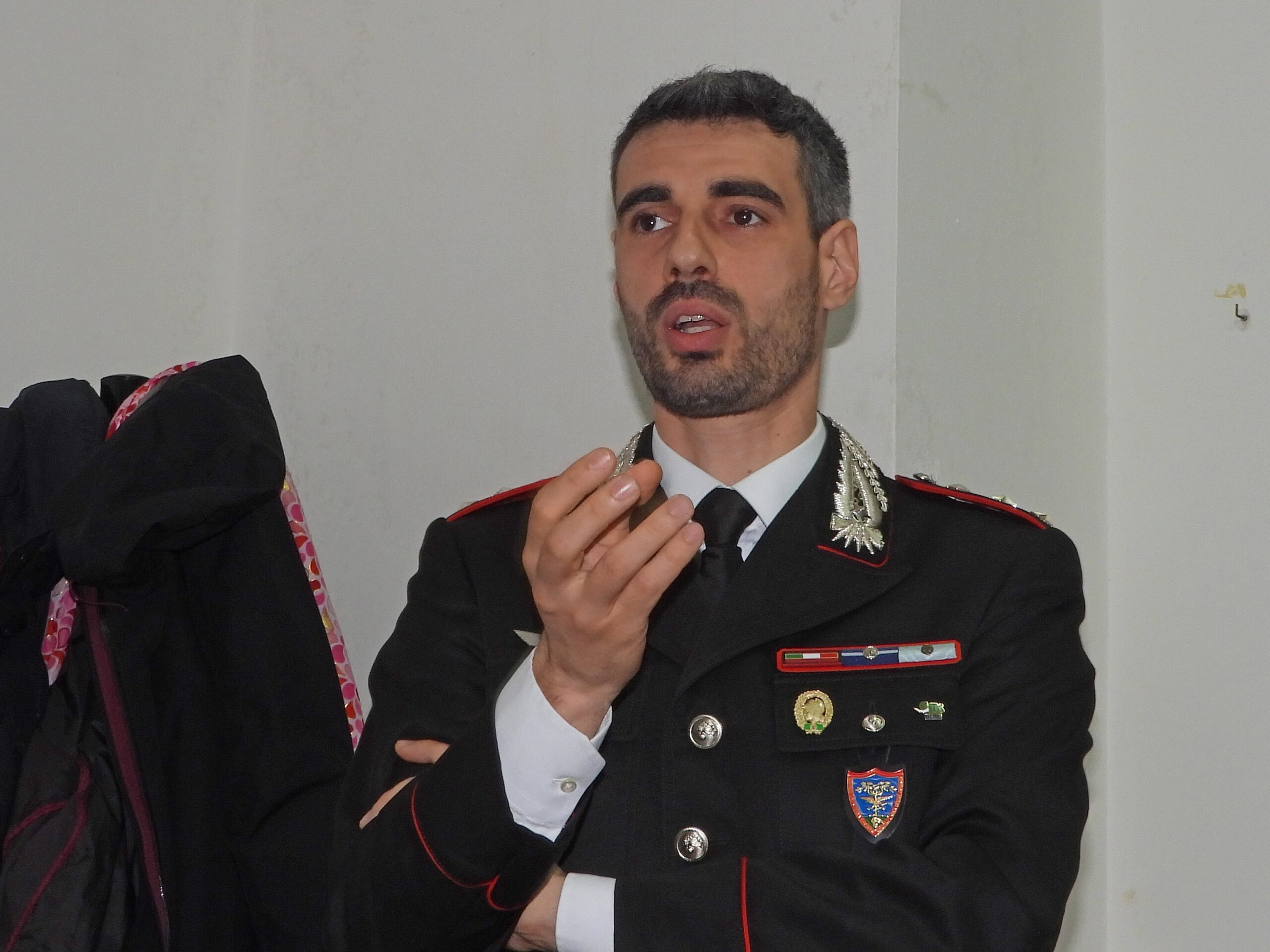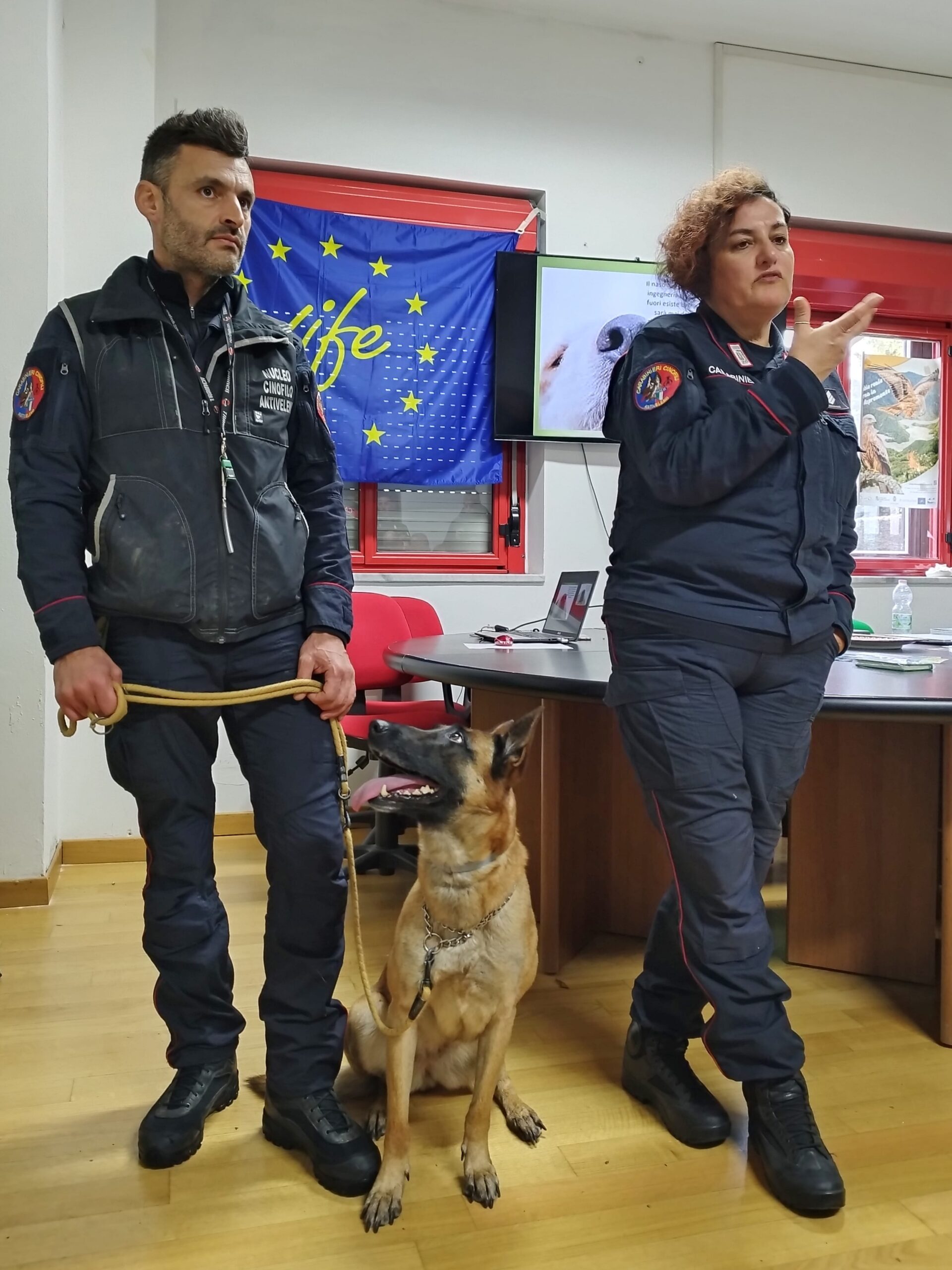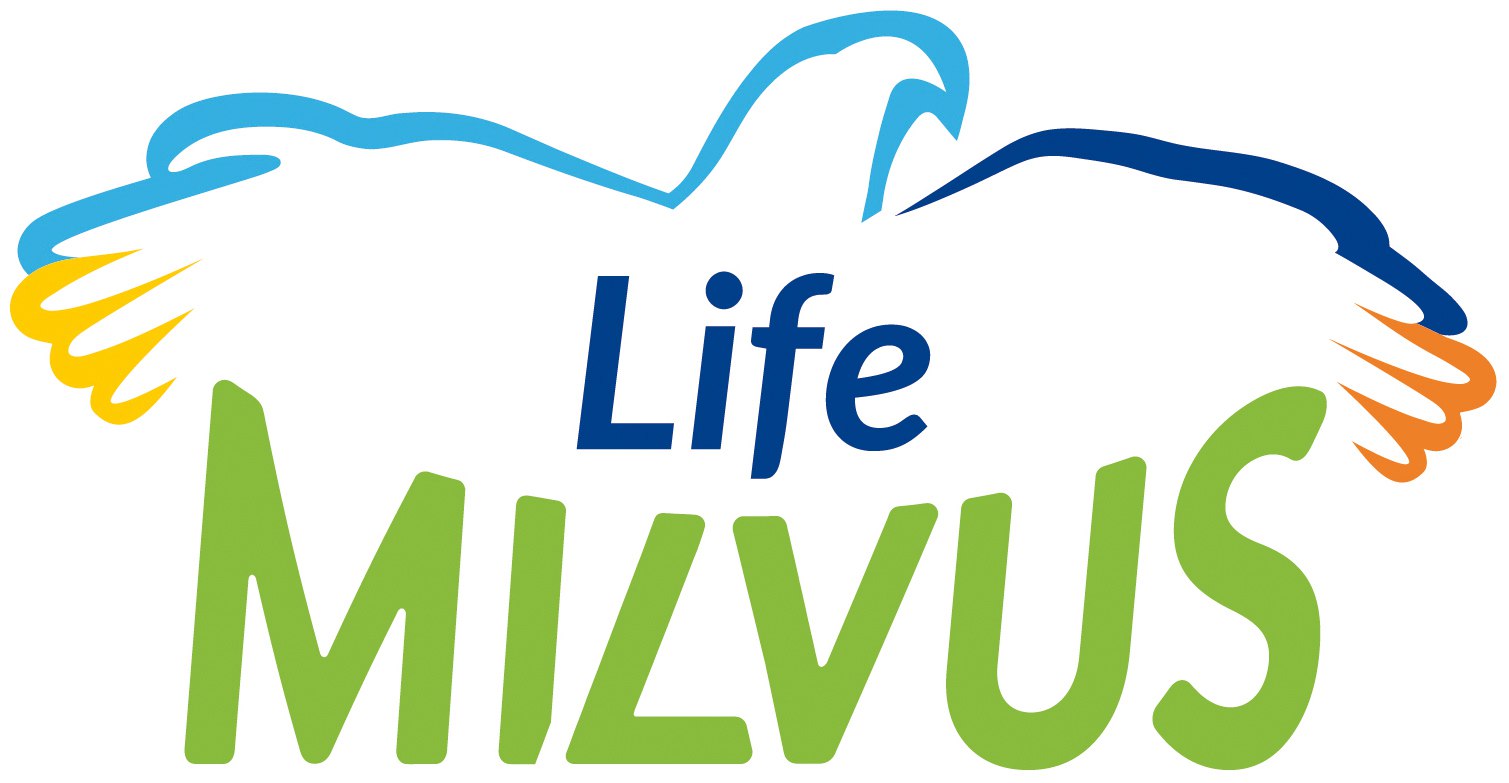On December 4 and 5, 2024, the Aspromonte National Park headquarters located in Gambarie, a hamlet of the municipality of Santo Stefano in Aspromonte (RC), hosted a qualification course on the phenomenon of wildlife poisoning organized under the LIFE MILVUS project.
The use of poisoned baits turns out to be one of the most serious threats to wildlife worldwide. While in many realities predatory mammals are the direct targets of poison use, raptors are often the collateral victims. It is especially necrophagous raptors that suffer the most severe consequences of the spreading of poisoned baits and mouthfuls because they can directly ingest mouthfuls scattered over the territory but also feed on animals that have died from poisoning. Species that are very vulnerable to this threat include the red kite, a bird of prey that is to be reintroduced into Aspromonte National Park through the LIFE MILVUS project.
The course, organized by the Aspromonte National Park Authority in collaboration with the CUFA Comando Unità Forestali, Ambientali e Agroalimentari Carabinieri, was aimed mainly at staff of the Carabinieri Nucleo per il Parco, veterinary staff of Local Health Authorities in Calabria and professionals working on wildlife monitoring and conservation.
The proceedings were opened by Park Authority Extraordinary Commissioner Renato Carullo and General Giorgio Maria Borrelli, Commander of the Carabinieri CITES Regiment. Also welcoming the participants were Lieutenant Colonel Pietro Felice Marchetta, Commander of the Carabinieri Department Aspromonte National Park, and Park Official Sabrina Scalera and Deputy Mayor of Santo Stefano in Aspromonte Diego Coppola.
Various issues related to wildlife poisoning were addressed as part of the event, starting with the main reasons that trigger the use of poison in Europe and the impact that this practice determines on wild animals and, in particular, on the most sensitive species and whose conservation status is particularly critical.
Measures that can be taken to prevent and discourage the use of poison were presented, as well as measures to mitigate the impact that poisoned baits cause on wild animals.
Current legislation was analyzed, with particular reference to the articles of the Penal Code that punish the intentional killing of wildlife by means of killer bites or baits and the specific Ordinance on the prohibition of the use of poisoned baits issued by the Ministry of Health in 2008 and still in force. Aspects related to the management of poisoning cases from the veterinary point of view and investigative techniques that can be adopted to reach the identification of the perpetrators were addressed in depth. Modern forensic techniques, moreover, can be very useful in cases of poisoning and other crimes against wildlife, poaching in primis, which turns out to be another phenomenon unfortunately widespread at the Italian level.
The important role that monitoring threatened species using GPS devices plays in promptly detecting cases of poisoning as well as other wildlife crimes and accidents determined by other man-made causes was repeatedly emphasized.
One session of the course was devoted to the activity that is carried out in Italy by 15 Anti-poison Dog Units of the Carabinieri foresters. These Units, managed by the CUFA and deployed in many regions, are an extremely effective tool for detecting the presence of poison, for carrying out rapid and effective clearance of large areas, and for detecting elements that may be useful in investigations. The conductors of the Anti-poison Dog Unit of the Carabinieri National Park Department of Gran Sasso and Monti della Laga (Chief Brigadier Alessandra Mango and Senior Petty Officer Andrea Corsi) explained the methodology with which they work and carried out a demonstration inspection with the help of a dog specifically trained to search for poisoned baits, carcasses and other items of investigative interest.
At the close of the course, a simulation of a poisoning case in a natural area was set up to show how to move around the crime scene to locate all the items of interest and how to properly document, find and preserve them as well as interpret the available information.
Lecturers for the course were experts from CUFA's Carabinieri CITES Regiment (Captain Emanuele Barbaro supported by Marshal Annalisa Brucoli and Vice Brigadier Barbara Pasquini), veterinarian Rosario Fico, a long-time expert in veterinary forensic medicine, and Anna Cenerini, a naturalist and project manager of the LIFE MILVUS project.
Guido Ceccolini, president of the Association CERM Centro Rapaci Minaci Threatened, reported on the biology and ecology of the red kite, while Luca Pelle, manager of the Park's Conservation and Biodiversity Service, explained the objectives and ongoing activities under the LIFE MILVUS project.

Course participants during the theory session.

The Commissioner of the Aspromonte National Park Authority, Arch. Renato Carullo.

CITES Carabinieri Regiment Commander Gen. Giorgio Maria Borrelli.

Capt. Emanuela Barbaro, CITES Carabinieri Grouping.

Dr. Veterinarian Rosario Fico, president of the Italian Society of Veterinary Forensic Sciences.

The Anti-poison Dog Unit of the Carabinieri National Park Department of Gran Sasso and Monti della Laga.




